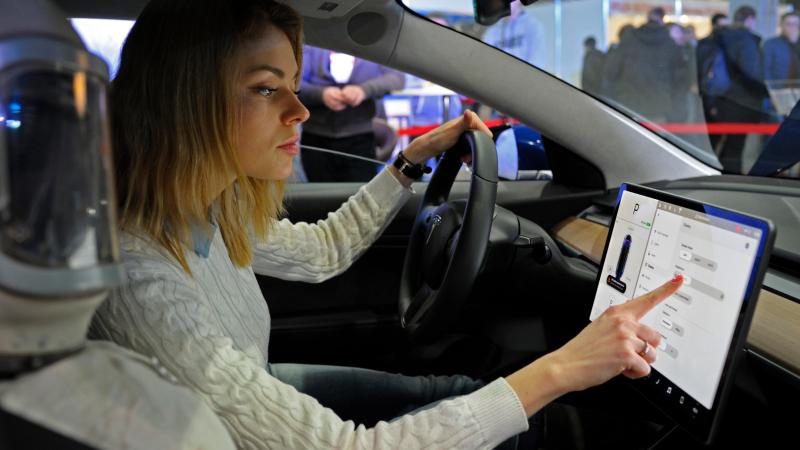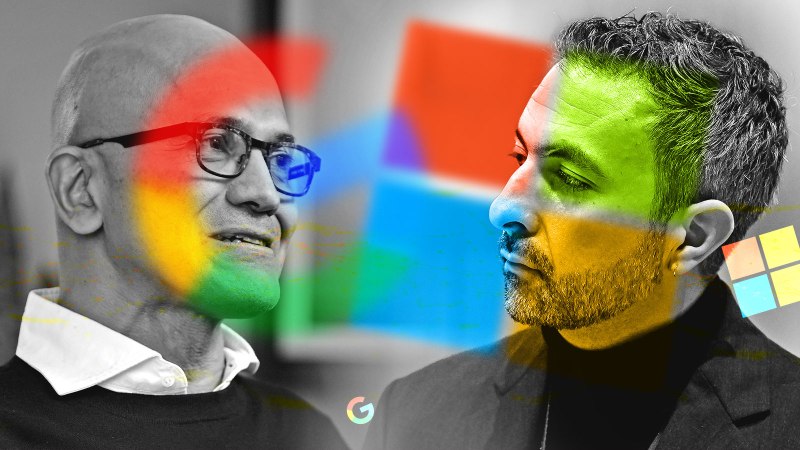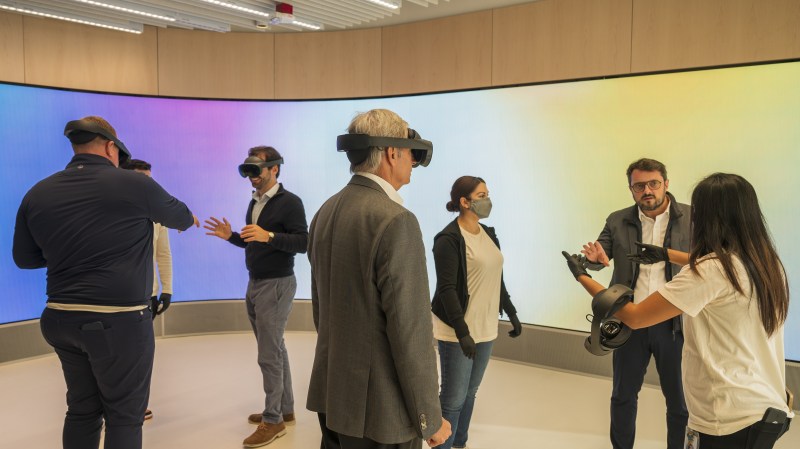Car industry told to dial back use of touchscreens
Carmakers that are increasingly forcing motorists to use dashboard touchscreens for basic driving functions such as checking speed and adjusting mirrors will be penalised under rules designed to stop motorists from becoming dangerously distracted.
Mercedes, Tesla and Volkswagen are among the manufacturers scrapping many conventional hands-on controls. Instead, drivers have to interact with a touchscreen, typically sited to the left of the steering wheel, which means they must look away from the road.
Under the rules, to be introduced in January 2026, any car seeking maximum points for the highest safety rating of five stars must use buttons, stalks or dials for five critical tasks: indicating directions, triggering hazard lights, sounding the horn, operating windscreen wipers and activating the eCall SOS function, which automatically calls the emergency services in the event of a serious collision.

The intervention by Euro NCAP, the automotive industry safety body, is a warning shot to carmakers that are rushing to install ever more prominent touchscreens on their vehicles’ dashboards. The Mercedes EQS, for example, boasts a 56in “hyperscreen”.
Screens were initially used for sat navs and infotainment, such as music and radio playback, but the trend has been to keep adding driving functions traditionally accessed through physical controls.
It is tempting for carmakers to eliminate hands-on controls where possible because it not only results in a sleek and minimalist look for the cabin but saves on production costs, reduces weight and enables the manufacturer to easily update the software.
But safety campaigners are dismayed at the trend, which they fear will undermine compliance with the ban on using mobile phones at the wheel. The offence carries a punishment of six penalty points and a £200 fine, alongside the loss of a licence for anyone who only passed their driving test in the previous two years.
Matthew Avery, director of strategic development at Euro NCAP, the car safety body, said: “The overuse of touchscreens is an industry-wide problem, with almost every vehicle-maker moving key controls onto central touchscreens, obliging drivers to take their eyes off the road and raising the risk of distraction crashes.
“New Euro NCAP tests due in 2026 will encourage manufacturers to use separate, physical controls for basic functions in an intuitive manner, limiting eyes-off-road time and therefore promoting safer driving.”
Although the safety rules are not mandatory, carmakers put great store on winning a five-star safety rating.
The latest Tesla Model 3 presents the driver with a blank dashboard behind the steering wheel. The motorist must instead look to the centre console to check their speed and tap buttons using arrows on the steering wheel to indicate a turn to the right or left, even if the steering wheel is moving.
The new Volkswagen iD7 dispenses with knobs to control the air vents, which can only be accessed via a screen-based climate control menu, while the Volvo EX30 requires the driver to go into a sub-menu to adjust the electric mirrors and the rear window de-mister. By contrast, Mazda has opted to keep conventional controls on its cars.
Edmund King, president of the AA, who tested the latest Tesla Model 3 last week, wrote in a blog: “I’ve tried not to be a luddite, but I did find the total lack of any dashboard dials very daunting. In front of the steering wheel, there is a void. There are no dials. Getting into the car late at night and pulling away felt like I had no lights on, as nothing illuminates the dash in front of you — because there isn’t one.”
He said: “Car [controls] need to be intuitive for all drivers so they can concentrate on the road ahead rather than the screen to the side. Euro NCAP has been transformative in crash protection and saved countless lives, so it is reassuring that it is addressing how design may lead to driver distraction.”

Laws will soon come in across Europe enforcing mandatory in-cabin monitoring to detect whether the driver is distracted. An alarm will sound if the driver is distracted for more than 3½ seconds at speeds of 30mph and above, and for six seconds below 30mph. They are set to be followed for cars sold in Britain.
Cameras in the car will analyse the driver’s eye and face movements to determine their attention levels; some models will use AI to that end.
The new regulations will require all new car types to be equipped with advanced driver distraction warning systems from July 7 and this will be extended to all new registered vehicles from July 7, 2026.
A report published in January by the European Road Safety Observatory found that drivers engaged in distracting activities for about half of all driving time, with the main causes being using a mobile phone, adjusting infotainment systems, interacting with passengers and eating.
Mike Hawes, chief executive of the SMMT, the auto industry trade body, said: “Safety is the number-one priority for the car industry. While manufacturers will have their own individual strategies for designing in-car controls, the latest systems enable the driver to dedicate maximum attention to the road ahead while ensuring interaction is as straightforward as possible.”
He said that voice-activation can complement physical buttons and screens, with some functions — such as sending a text message — being operated by voice command.






